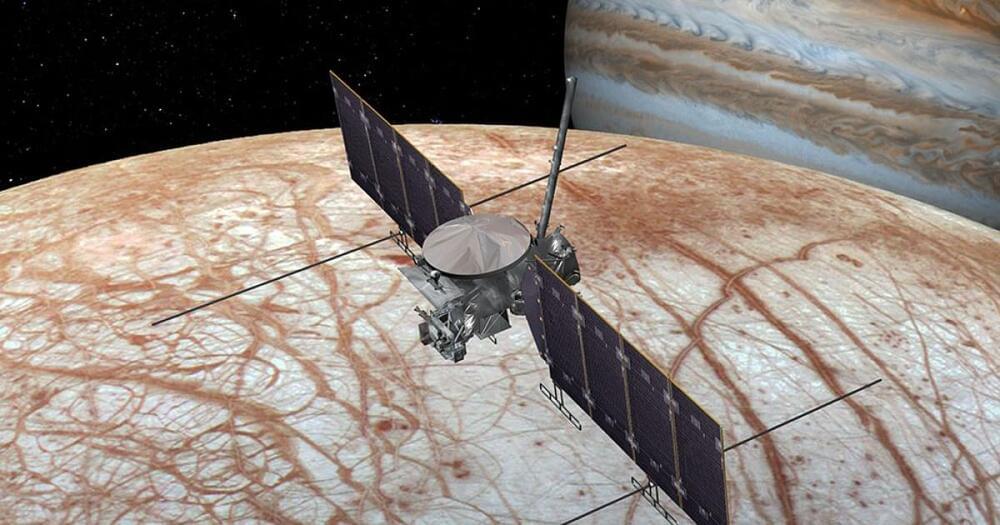ChatGPT and other generative AI tools have captured the public imagination. Here’s how you can turn a much hyped tool into a productivity boon.



In the most massive test to date, physicists have probed a major paradox in quantum mechanics and found it still holds even for clouds of hundreds of atoms.
Using two entangled Bose-Einstein condensates, each consisting of 700 atoms, a team of physicists co-led by Paolo Colciaghi and Yifan Li of the University of Basel in Switzerland has shown that the Einstein-Podolsky-Rosen (EPR) paradox scales up.
The researchers say this has important implications for quantum metrology – the study of measuring things under quantum theory.

Scientists have taken a significant step forward in the study of the properties of quarks and gluons, the particles that make up atomic nuclei, by resolving a long-standing issue with a theoretical calculation method known as “axial gauge.” MIT
MIT is an acronym for the Massachusetts Institute of Technology. It is a prestigious private research university in Cambridge, Massachusetts that was founded in 1861. It is organized into five Schools: architecture and planning; engineering; humanities, arts, and social sciences; management; and science. MIT’s impact includes many scientific breakthroughs and technological advances. Their stated goal is to make a better world through education, research, and innovation.

Internet of Things technology is expanding quickly across industries. The growth is unsurprising—after all, the data derived can drive improvements in productivity and customer service, speed up innovation, lead to cost savings by powering predictive maintenance, and more. Businesses can implement IoT technology to monitor their internal systems, manage their equipment or enhance the consumer products they sell.
However, whether a business develops and manages its own products and systems or purchases equipment and service from a vendor, it must be aware of the challenges that can come with IoT tech, which include addressing the increased cybersecurity risk, managing a potentially massive influx of data and more. Below, 15 members of Forbes Technology Council share some of the challenges they foresee for businesses implementing IoT technologies in the next few years and how those issues can be overcome.
Is our future on ice?? Join us, and find out!
Subscribe for more ► https://wmojo.com/unveiled-subscribe.
In this video, Unveiled takes a closer look at a bizarre future that really could come true… human civilisation moving to Antarctica! At present, the icy south is almost entirely pristine, with very few humans ever visiting. But that could all change, and in a big way!
This is Unveiled, giving you incredible answers to extraordinary questions!
Find more amazing videos for your curiosity here:
The Real Search for Alien Life in the Ocean — https://youtu.be/ZbFoD9x1__U
Why Do Scientists Want to Abandon Antarctica? — https://youtu.be/D_UHu7io4K0
0:00 Intro.


Review discusses the increasing importance of two-dimensional nanomaterials like graphene in neuroscience, highlighting their potential in nerve repair, creating brain-mimicking synaptic devices, and treating neurological disorders. It also considers the challenges and future prospects of these materials in this complex field.

Traveling to space may be the stuff of dreams for most folks, but sending your name instead is a distinct possibility.
It’s not quite the same as donning a spacesuit and being blasted to orbit, though it could be a fun way to associate yourself with an upcoming and highly ambitious mission heading toward Jupiter next year.

LEGAZPI, Philippines (AP) — The Philippines’ most active volcano was gently spewing lava down its slopes Monday, alerting tens of thousands of people they may have to quickly flee a violent and life-threatening explosion.
More than 12,600 people have left the mostly poor farming communities within a 6-kilometer (3.7-mile) radius of Mayon Volcano’s crater in mandatory evacuations since volcanic activity increased last week. But thousands more remain within the permanent danger zone below Mayon, an area long declared off-limits to people but where generations have lived and farmed because they have nowhere else to go.